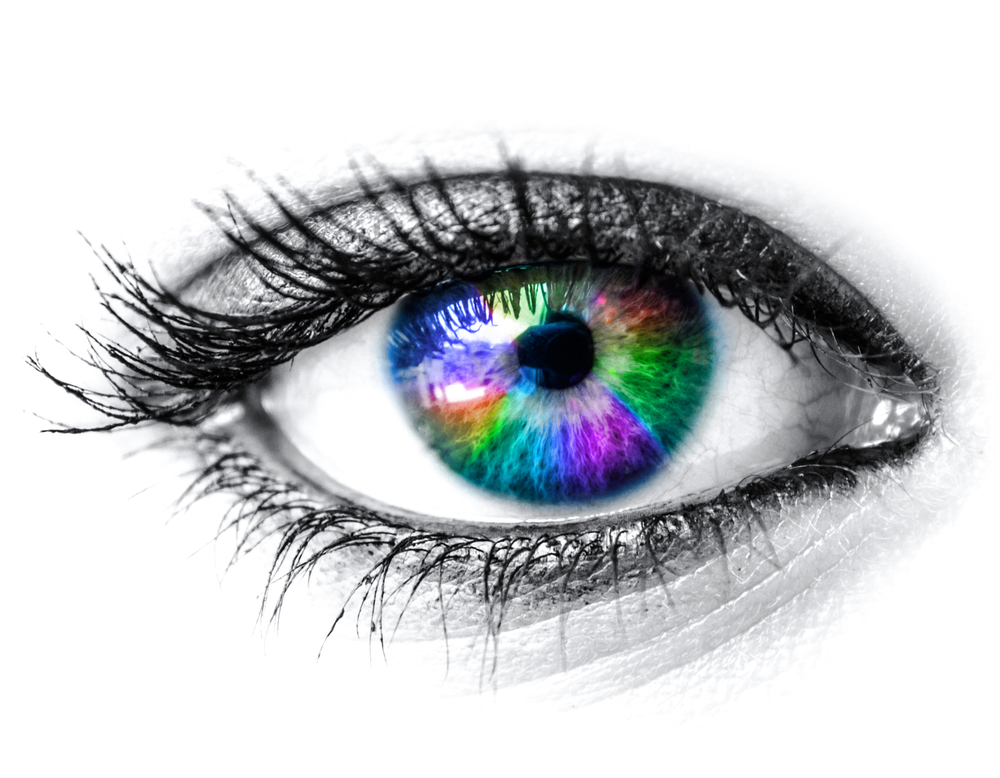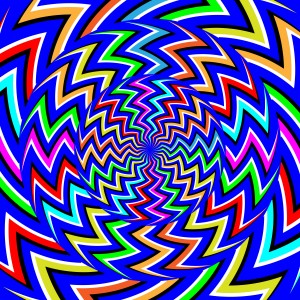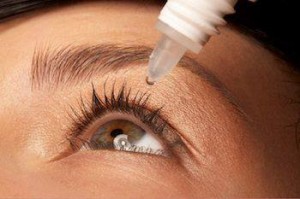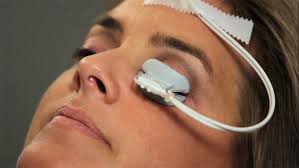9/16/14
Eyes are an amazing part of your body and not just because of what they do helping you see. The are also fascinating be because of the way eyes work. Here are 20 facts about how your eyes function.

- 1. The pupil dilates 45% when looking at something pleasant.
2. An eye’s lens is quicker than a camera’s.
3. Each eye contains 107 million cells that are light sensitive.
4. The light sensitivity of rod cells is about 1,000 times that of cone cells.
5. While it takes some time for most parts of your body to warm up their full potential, your eyes are always active.
6. Each of your eyes has a small blind spot in the back of the retina where the optic nerve attaches. You don’t notice the hole in your vision because your eyes work together to fill in each other’s blind spot.
7. The human eye can only make smooth motions if it’s actually tracking a moving object.
8. People generally read 25% slower from a computer screen compared to paper.
9. The eyes can process about 36,000 bits of information each hour.
10. Your eye will focus on about 50 things per second.
11. Eyes use about 65% or your brainpower – more than any other part of your body.
12. Images that are sent to your brain are actually backwards and upside down.
13. Your brain has to interpret the signals your eyes send in order for you to see. Optical illusions occur when your eyes and brain can’t agree.
14. Your pupils can change in diameter from 1 to 8 millimeters, about the size of a chickpea.
15. You see with your brain, not your eyes. Our eyes function like a camera, capturing light and sending data back to the brain.
16. We have two eyeballs in order to give us depth perception – comparing two images allows us to determine how far away an object is from us.
17. It is reported that men can read fine print better than women can.
18. The muscles in the eye are 100 times stronger than they need to be to perform their function.
19. Everyone has one eye that is slightly stronger than the other.
20. In the right conditions and lighting, humans can see the light of a candle from 14 miles away.
 Susan DeRemer. CFRE
Susan DeRemer. CFRE
Vice President of Development
Discovery Eye Foundation






